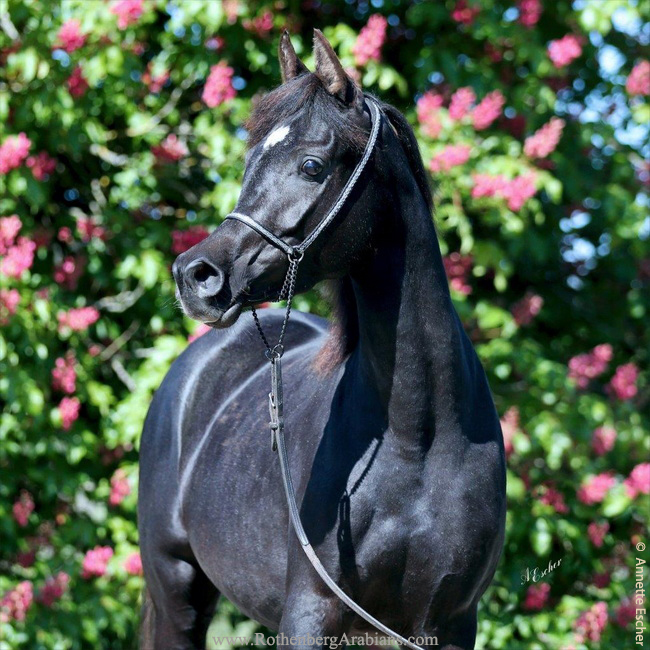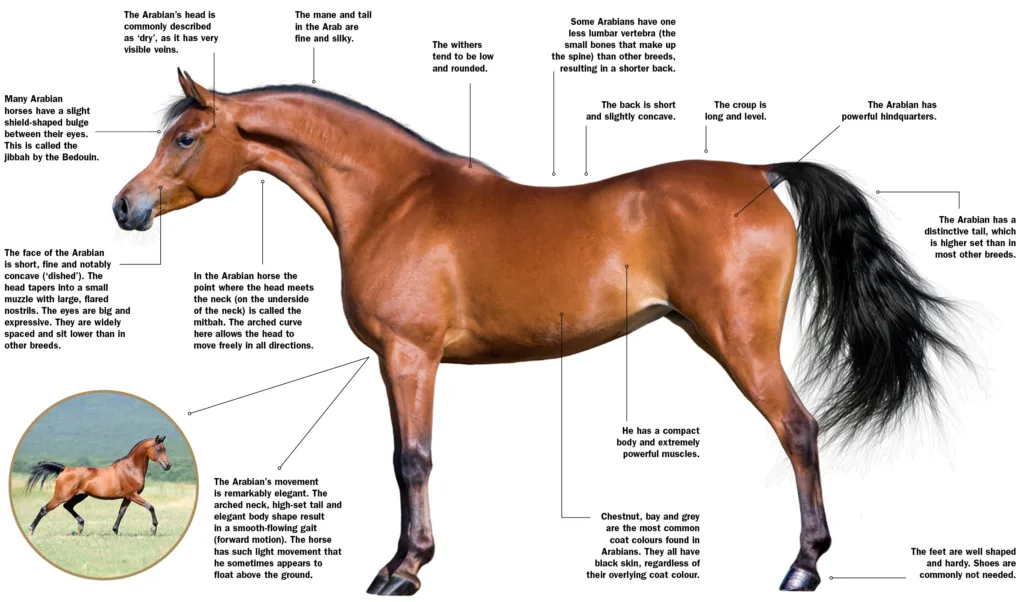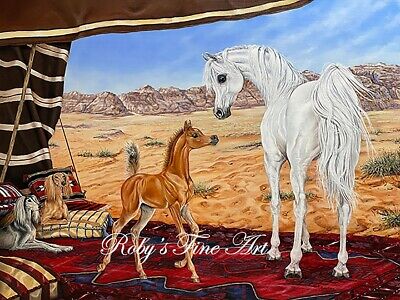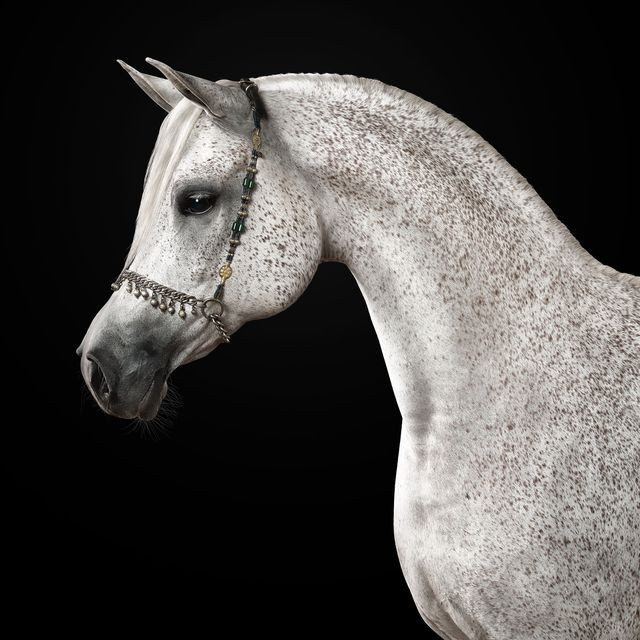The Arabian Horse in the Desert: A Story of Survival

The Arabian horse is not just a breed; it is a symbol of endurance, beauty, and survival in one of the harshest environments on Earth—the desert. This article explores the fascinating story of how the Arabian horse has thrived in arid landscapes, its unique adaptations, and its cultural significance throughout history.
Introduction

The Arabian horse is one of the oldest and most recognizable horse breeds in the world. Originating from the Arabian Peninsula, these horses have been bred for thousands of years to survive and excel in desert conditions. Their story is intertwined with the nomadic Bedouin tribes who relied on them for transportation, warfare, and companionship.
Physical Adaptations for Desert Survival

Arabian horses possess several physical traits that enable them to endure the extreme desert climate:
- Compact, Sturdy Build: Their relatively small size and strong bone structure help conserve energy and withstand long journeys.
- Efficient Respiratory System: They have large nostrils and a unique nasal passage that allows for better oxygen intake, crucial in hot, dry air.
- Thick Coat: Their coat reflects sunlight and insulates against temperature extremes, protecting them from both heat and cold.
- Strong Hooves: Adapted to rocky and sandy terrain, their hooves are tough and resilient, reducing injury risk.
Behavioral Traits Enhancing Survival
Beyond physical features, Arabian horses exhibit behaviors that aid their survival:
- High Intelligence and Alertness: They are quick learners and highly aware of their surroundings, which helps avoid dangers.
- Endurance and Stamina: Known for their incredible stamina, they can travel long distances without fatigue.
- Social Structure: They form strong bonds within herds, which provides protection and social stability.
Historical and Cultural Significance
The Arabian horse has played a pivotal role in the culture and history of the Middle East:
- Bedouin Heritage: The Bedouins prized Arabian horses for their loyalty and speed, often considering them family members.
- War and Trade: These horses were essential in battles and were highly sought after in trade, spreading their lineage worldwide.
- Symbolism: They symbolize nobility, grace, and resilience in many cultures.
Modern-Day Relevance
Today, Arabian horses continue to be celebrated for their beauty and endurance. They are popular in equestrian sports, breeding programs, and cultural festivals around the globe.
FAQ
| Question | Answer |
|---|---|
| What makes Arabian horses unique? | Their physical and behavioral adaptations to desert life, including stamina and intelligence. |
| How do Arabian horses survive heat? | Their thick coat and efficient respiratory system help regulate body temperature. |
| Are Arabian horses good for beginners? | Yes, they are known for their gentle nature but require experienced handling due to their intelligence. |
Conclusion
The Arabian horse’s story is one of remarkable survival and adaptation. From the vast deserts of the Arabian Peninsula to equestrian arenas worldwide, these horses embody resilience and grace, making them a true icon of endurance.
